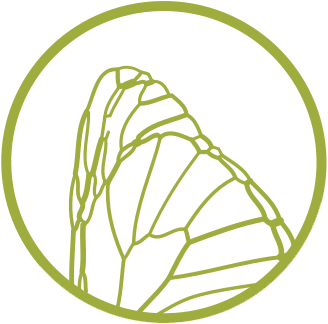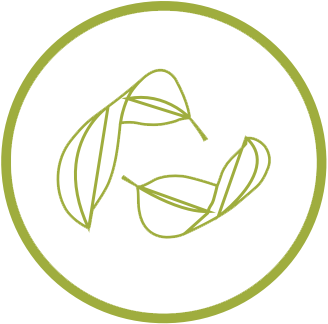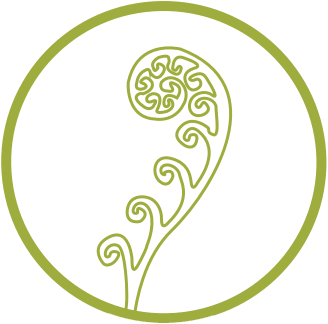

We’re heading into the redwood forest outside San Francisco to explore the answer to that question–for a bit at least–during the first of our new training offerings: A three-day training specifically focused on biomimicry design for the built environment. Registration is now open for Inspired by Nature Training: Biomimicry for the Built Environment, which will be held at the HOK office in San Francisco’s Financial District November 2-4. Along with learning in the HOK offices, we’ll head to the California Academy of Sciences and the redwood forest.
That’ll give participants a chance to explore nature’s design lessons and experiential play with lessons from local habitats. Then, they can take those lessons back and apply them to their own ecologies and project types.
Applying biomimicry design to the built environment can inspire thinking that can help achieve resilient, sustainable design by accessing nature’s proven strategies and design successes defined through 3.8 billion years of evolutionary R&D. It can be applied by architects, planners, designers, design teams, and/or any kind of innovator looking to build better.
Take a look at the sample agenda, and see how this might inspire your building design:
Day 1: Establishing Biomimicry Team Mindset | Wednesday, November 2, 8:00 am – 5:00 pm
California Academy of Sciences, HOK San Francisco office
On our first day together, we will orient you to the history, definition, core values, and key concepts of what biomimicry is and how it can impact design and innovation. We will take a trip to the California Academy of Sciences, accompanied by local naturalist John Muir Laws, in order to learn how to utilize observation and sketching skills to prompt biomimetic thinking. These activities are geared toward cultivating a biomimetic vision for built environment projects.
Day 2: Getting Inspired by a Project’s Reference Habitat | Thursday, November 3, 8:00 am – 5:00 pm
Redwood Forest, HOK San Francisco office
The purpose, outcomes, and process for identifying and working with your project’s reference habitat will be reviewed followed by a field trip to California’s unique redwood forest, where John Muir Laws will join us again. Participants will experience and observe ecological dynamics that can inspire new ways of approaching architectural design. Participants will get practice using ecological tools and the Ecological Performance Standard framework.
Day 3: Design with Ecological Performance Standards | Friday, November 4, 8:00 am – 4:00pm
HOK San Francisco office
Working with inspiration from the redwood forest, participants will unpack key design insights and explore how those insights translate to the built environment. This process is based in California as an example, but participants will be able to take the process and tools back to their own ecologies and project types. Participants will also be introduced to the process for identifying appropriate performance metrics and the business side of bringing biomimicry thinking into the design process.
Registration is now closed; late registration ends October 17.


